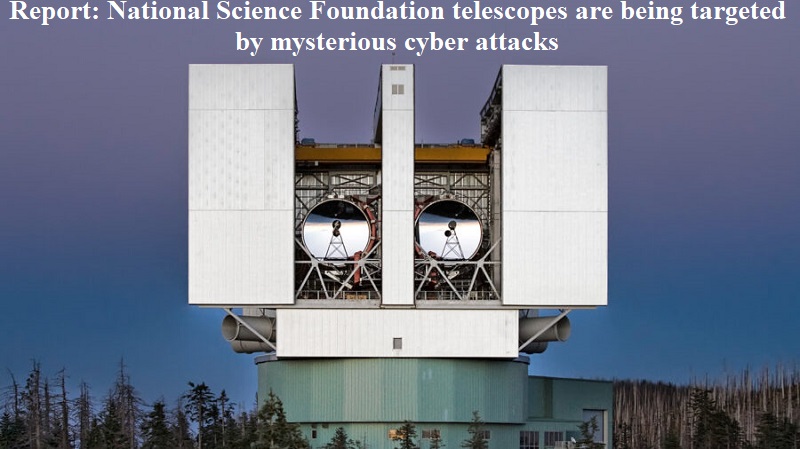
A recent report from Science.org has unveiled that the National Science Foundation (NSF) telescopes have become the targets of perplexing cyber attacks. These attacks, categorized as a major “cyber incident,” have disrupted the NSF center responsible for coordinating global astronomy initiatives since the start of August. Consequently, telescopes in Hawaii and Chile have been incapacitated, leading to a cessation of operations and impeding scientific research endeavors.
The suspected cyber attack was identified by the NOIRLab, a coordinating hub managed by NSF for ground-based astronomy, on August 1. An official press release from the center stated, “Swift responses from the NOIRLab cybersecurity team and observing teams averted damage to the observatory.”
The initial telescope to bear the impact was the Gemini North telescope located in Hilo, Hawaii, under the purview of the International Gemini Observatory. Swift action from NOIRLab’s cybersecurity team and observing personnel helped forestall physical harm to the observatory. Nonetheless, the attack compelled a complete shutdown of operations at both the Gemini North and Gemini South, positioned on Cerro Pachón mountain in Chile.
The incident’s repercussions extended to research, causing scientists to miss crucial observation opportunities and impacting global projects. Gautham Narayan, an astronomer at the University of Illinois Urbana-Champaign, expressed the community’s resilience in the face of adversity, stating, “We’re all in this together…a grim determination to press on, despite the trying circumstances.”
NOIRLab took action on August 9 by disconnecting its computer network from the Mid-Scale Observatories (MSO) network on Cerro Tololo and Cerro Pachon. This move rendered remote observations impossible for the Víctor M. Blanco 4-meter and SOAR telescopes. Reports indicate that eight other affiliated telescopes in Chile were affected by this shutdown.
Amid the absence of remote observing capabilities, the NOIRLab team is actively seeking temporary solutions to mitigate the challenges posed by the cyber attack.

Post Your Comments